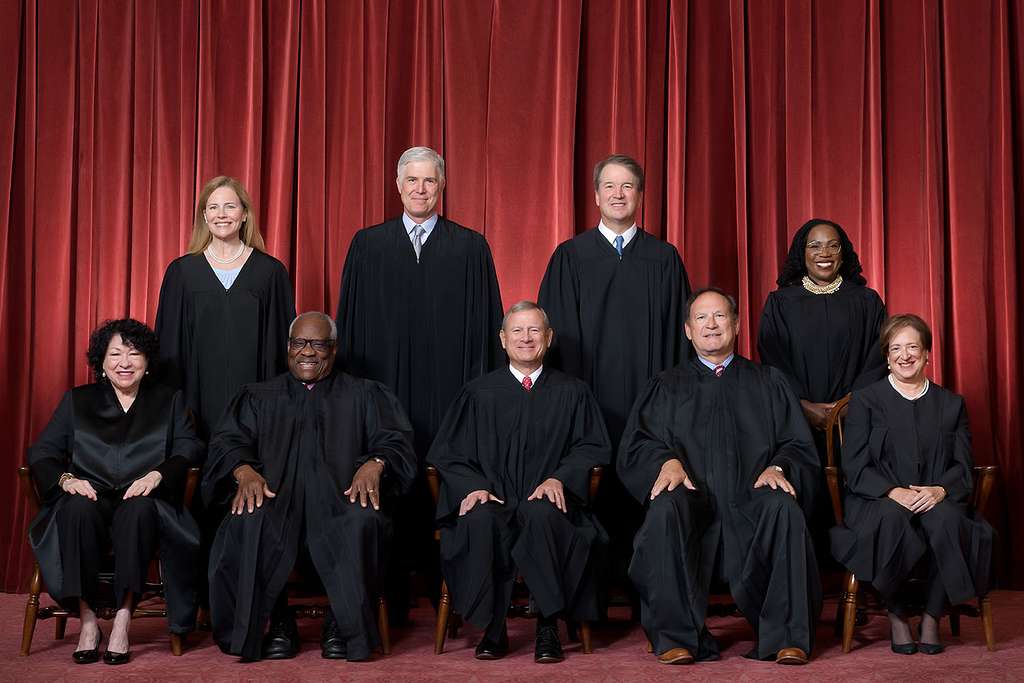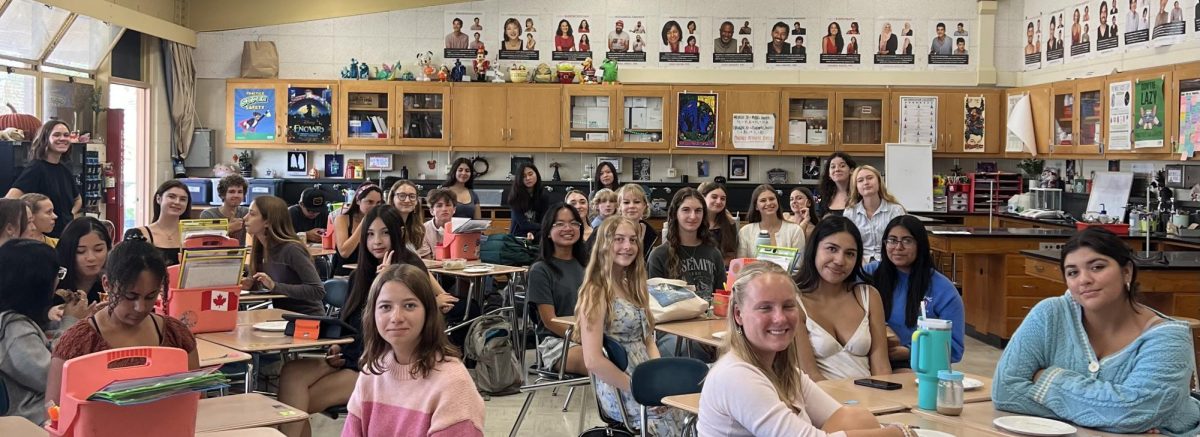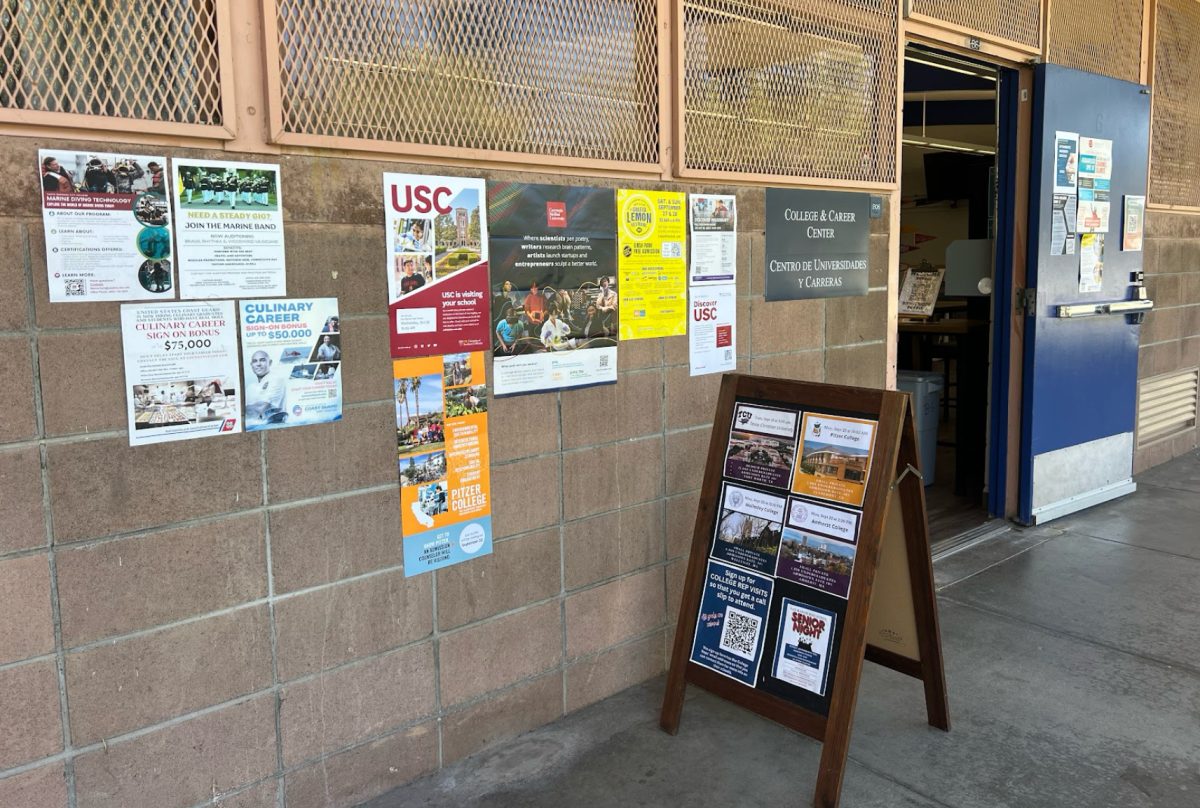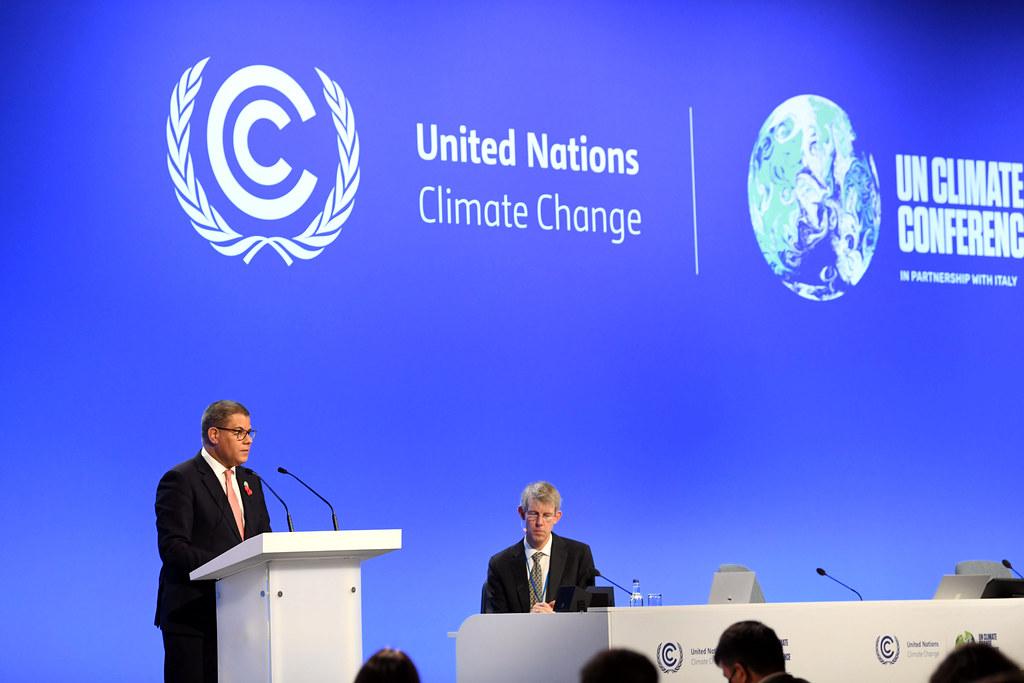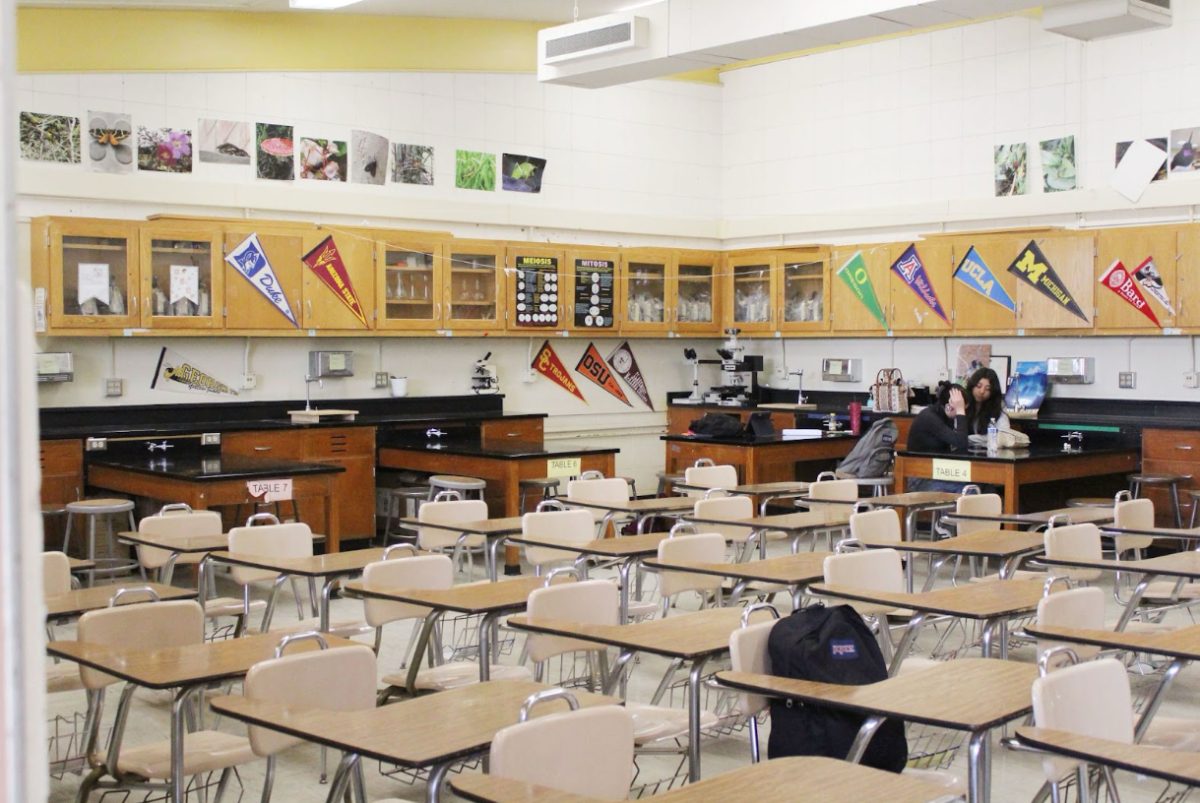Despite the movements towards keeping global warming below 1.5 degrees Celsius at this year’s conference, many people are unsatisfied with all of the countries’ governments and their plans to take action. This conference goes by the name of COP26, standing for “Conference of the Parties” and because it is the 26th year since the annual meetings began in 1944 when 197 countries signed a treaty. It was delayed a year due to COVID-19 but was back in session with the countries that signed the initial treaty. World leaders like President Biden, environmentalists like Greta Thunberg, along with many other famous faces, negotiators, and representatives of the media also attended the meeting.

It was said that this year’s COP is the most critical one since the 21st in Paris in 2015, where the Paris Agreement was developed. With that said, this year was not as productive as people had hoped. The purpose of COP26 was to develop ways to reduce climate change/emissions in each nation, protect nature and human populations, and make the Paris agreement fully operational.
The aim of the Paris Agreement was essentially to keep global warming (ideally) below 1.5 degrees Celsius and that each country should have a clear framework, by 2025, of what they are individually going to do to reduce emissions. COP26 has changed it so that each country, by COP27 (November 7th, 2022, location unknown), should have their plan. Countries like China, the United States, and India have all promised to reach net zero emissions (man-made greenhouse gases are no longer in the atmosphere) by 2050, 2060, and 2070. However, while this is positive news and a step in the right direction, the fact that it is not in a policy and concrete, worries politicians and environmentalists that it will be a broken promise by the countries. They are also worried since the plans are unresolved and there are no definite actions written in said “policy” by the countries of how they will achieve net zero emissions yet.
“I don’t think people actually realize the importance of this meeting and that we need to take big steps to stop global warming since it is happening at a rapid pace,” said former AP Environmental Sciences student, senior Victoria Laszuk. “Climate change affects everything from our food supply to our economy.”
Another issue that was brought up during the conference was how the more financially stable and developed countries would give the developing countries significant amounts of money to help them with “going green,” also stated in the Paris Agreement. The countries have not followed up on their word though which is a second reason why people are afraid that the countries will not keep their promise of keeping global warming below 1.5 degrees alive and do not believe the governments mean what they say.
Progress in our community: In the Five Points Shopping Center, many new Tesla electric car charging stations were recently installed. A significant part of the meeting was discussing the reduction/elimination in the use of coal. China and India went into “overtime” to negotiate the wording of the COP26 pact. Originally the agreement, from the end of this year’s conference, said that the use of fossil fuels needed to “phase out.” This wording was too strong in India’s point of view since much of their economy still drastically relies on coal. Eventually the wording was finalized to say “phase down” instead. With these new stations it is promoting the use of electric cars rather than traditional gas cars. At COP26 President Biden and his chief aide, John Kerry, were global leaders and fought for more ambition in the pact, representing the U.S. in the best way possible.
At the conference, among the thousands of people there, many were of the younger generations, listening to the negotiating and even protesting outside.
“In a way it was the young people who were the real moving force at COP,” said Damon Silvers who attended COP26 in Glasgow. “But I do think the truth is that we have to do much more- that even with this agreement the world is on track to exceed 2 degrees Celsius in warming, and maybe reach 3 degrees, which would be catastrophic. But more importantly, we have to find a way to make these agreements binding on all countries, through mechanisms like the global trade rules. Lastly, one of the major topics talked about at COP26 was deforestation.”
COP26 President, Alok Sharma said at the conference, “Forests are one of our best defences against catastrophic climate change, and essential to keeping 1.5C alive. This historic commitment will help end the devastating effects of deforestation and support the developing countries and indigenous communities who are the guardians of so much of the world’s forests.”
The “historic commitment” Sharma talked about is the Global Methane Pledge that was announced in September by the U.S. and E.U. and brought up at this year’s conference. The pledge claims that it will reduce global methane emissions from 2020 by 30% by the year 2030, therefore helping with the problem of deforestation. Methane is an even more powerful greenhouse gas than carbon dioxide, so fortunately, the pledge was supported by 103 out of the 197 countries.
Much more was packed into COP26 including how labor workers, Scottish railroad workers, and island nations protested for themselves and to the countries to take more radical action in stopping global warming. Keeping up on global events like COP26 is crucial to know what is happening to the world, for better and for worse.
“I think the key to addressing climate change is to make sure that the fight against climate change is conducted in a way where working people’s voices are heard in the decision making and where we create a world with more good jobs while we decarbonize the world’s economy.” Mr. Silvers added. “So if you are reading this and feel like you want to make your voice heard on climate, know that the world is waiting to hear from you, and that the world needs your voice.”


